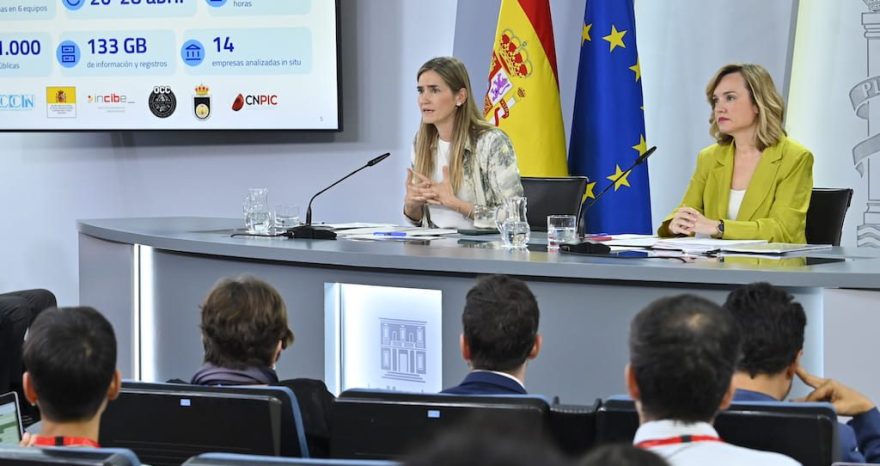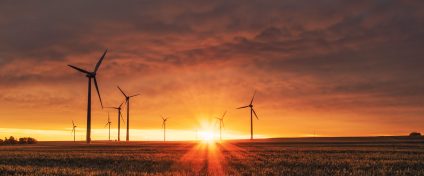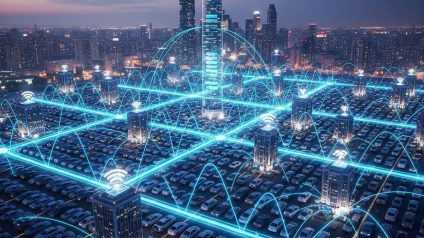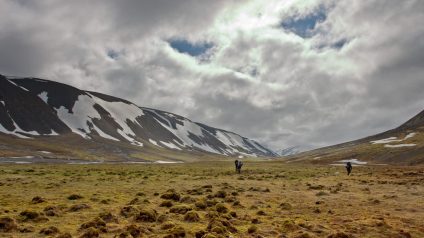The SDG7 2025 report reveals that 666 million people still live without electricity. Over 2 billion rely on polluting fuels for cooking. Decentralized renewables and accessible financing are key to closing the gap.

Tracking SDG7 report reveals slow pace toward universal energy access
In 2023, 92% of the global population had access to electricity, according to the Tracking SDG7: The Energy Progress Report 2025, published by IEA, IRENA, WHO, the World Bank, and UNSD. This marks an increase from 87% in 2010, yet it still leaves 666 million people worldwide without access to energy. Alarmingly, 85% of them live in sub-Saharan Africa.
Current progress is far too slow to achieve the United Nations Sustainable Development Goal 7 of universal energy access by 2030.
Over 2 billion people still rely on polluting fuels
In 2023, 74% of the world’s population had access to clean cooking fuels and technologies such as gas, electricity, or biogas. However, 2.1 billion people still relied on highly polluting fuels like wood, coal, and kerosene for domestic use, with serious consequences for health, gender equity, and the environment.
Sub-Saharan Africa has the widest gap: less than 10% of the population in least developed countries uses clean fuels, and in many rural areas, access falls below 7%. At the current pace, only 78% of the global population will have clean cooking access by 2030.
Decentralized renewable energy is key for rural electrification
Distributed renewable energy technologies, including mini-grids and off-grid solar systems, are crucial for improving access to energy in remote, rural, or conflict-affected regions. Between 2020 and 2022, 55% of new electricity connections in sub-Saharan Africa came from off-grid solutions, which have proven resilient and scalable.
However, their full potential remains hindered by regulatory barriers, insufficient data, and weak financing mechanisms. According to the report, off-grid solar will be the most cost-effective solution for 41% of the global population currently lacking electricity.
Access to energy remains uneven across global funding flows
In 2023, international public financial flows supporting clean energy in developing countries reached $21.6 billion, a 29% increase from the previous year. Yet these funds remain concentrated in a few nations. India received nearly $3 billion, Turkey $1.4 billion, while Nigeria, one of the countries with the highest energy access deficit, received less than $1 billion.
Least developed countries benefited only marginally, and 83% of these funds were delivered as debt. Grants made up just 9.8% of the total.
Renewable capacity is growing, but gaps persist
Installed renewable energy capacity in developing countries reached 341 watts per capita in 2023, up from 155 watts in 2015. In 2022, renewables accounted for 17.9% of global total final energy consumption, and worldwide installed capacity rose to 478 watts per capita in 2023, a nearly 13% increase over the previous year.
Still, current progress is not enough to meet global climate and sustainable development targets. Large disparities remain between regions: some developing economies, especially in sub-Saharan Africa, had access to just 40 watts per capita, barely enough for basic services, while developed economies exceeded 1,100 watts per capita.
Energy efficiency improves, but falls short of SDG targets
In 2022, global energy intensity, measured as primary energy use per unit of GDP, improved by 2.1%, a notable acceleration from 0.5% in 2021. Still, this remains well below the annual 4% improvement needed to meet SDG7.3. From 2010 to 2022, gains were driven by electrification, a shift toward renewables, and improved efficiency in industry and transport, though regional disparities remain stark.
The report outlines key priorities to accelerate progress: reforming multilateral finance mechanisms, expanding risk mitigation tools, mobilizing concessional funding, implementing consistent national planning, and actively engaging the private sector. Women and youth are also identified as essential drivers of sustainable, locally led energy solutions.












